Shenyuan Scenic Spot Lu Xuns Hometown
Shenyuan is a national 5A scenic spot, located in Chunbolang, Yuecheng District, Shaoxing City. It is a famous garden in Song Dynasty. Shenyuan has a history of more than 800 years. Shenyuan, also known as Shen's Garden, was built in the Song Dynasty by a wealthy businessman surnamed Shen in the Southern Song Dynasty. It was first built on a large scale and occupied 70 mu of land. Garden pavilions, small bridges flowing water, shady trees, scenery in the south of the Yangtze River. Shenyuan is a national 5A scenic spot, and is the only Song-style garden in many classical gardens in Shaoxing.
Shenyuan is divided into three major parts: the monument area, Dongyuan and Nanyuan. There are Guhe Pavilion, Half-wall Pavilion, Shuangguitang, Bayong Tower, Songjing, Shooting Garden, Wenmeishi, Chaitou Fengbei, Qintai and Guangyizhai. In 1963, it was designated as a cultural relic protection unit in Zhejiang Province.
Lu You left the famous poem "Chai Tou Feng" here. Words in the wall, talk about the pain of "leaving the rope". Tang Wan's feelings were desolate, and soon he died of depression. In his later years, Lu You visited Shenyuan several times and wrote poems to express his feelings. In 1192, he visited Shenyuan again and wrote a poem: "There is Shen's small garden in the south of Yuzhi Temple. Forty years ago, he tasted the inscription on the stone and read it in dismay."
According to the historical features or the cultural connotations of Shenyuan, the landscape of Guhe Pavilion, Half-wall Pavilion, Shuangguitang, Bayong Tower, Songjing, Shooting Garden, Wenmeishi, Qintai and Guangyizhai in Shenyuan Garden are orderly distributed in the three districts of Shenyuan, forming a "sad song of broken clouds", "love of poetry", "horror of spring waves", "relics of ruined walls". Ten scenes, such as lone crane's lament, blue lotus reflecting the sun, palace wall complaining willow, stepping on snow to ask plum, fragrant poems and books, and magpie bridge affection.
The night of Shen Yuan
Shenyuan Night is a night tour scenic spot. It has specific activities such as "Reception at the Wharf, Night Market in the City, Garden Opening Ceremony, Poetry Tour Garden, Drinking Ceremony in the Country, Gift Cakes, Launching Plays and Ringing gongs". Provides seven services: Jiading Gong Waiting, Song coin exchange, housekeeper greeting, maid's explanation, cakes and drinks, folk music accompaniment and hall performance. After participating in the opening ceremony of large families in the Song Dynasty, visitors can accompany their maids in downstream gardens, enjoy the grand operas, get drunk in the flowers, the moon, the lights, the wine, and experience the sad and beautiful love stories of Lu You, a patriotic poet of the Southern Song Dynasty, and Tang Wan, his cousin. Appreciation hall performance "Shen Yuan Qing", feel the strong Shaoxing local culture.
Lu You Memorial Hall
Lu You Memorial is located in the south of Shenyuan Monument Area. It is composed of Lu You's historical sites display (Anfeng Hall), stele gallery, Wuguantang and sculpture. A large number of handwriting, photographs, pictures, good books, rubbings, physical models, etc. are displayed in the museum, reflecting Lu You's patriotic concern for the people and his brilliant achievements as a literary hero of the generation. The exhibition is divided into three parts. The first part is patriotic ambition; the second part is patriotic childhood; the third part is love tragedy.
Shuang GUI Tang
Shuangguitang is a courtyard imitating Song Dynasty architecture, courtyard architecture, two roofs, elegant and quiet. There are two Osmanthus trees planted in the courtyard, one is Jingui and the other is Yingui, so it is called Shuangguitang.
Gourd pool
The gourd pond was originally called the lotus pond, but because it resembles the gourd in shape, the folk call it the gourd pond. During the archaeological excavation in 1985, a drainage ditch of Hulu Lake was found on the west side of the pond. Many typical relics of the Song Dynasty were found in the same stratum of the drainage ditch.
Lonely crane
Guhe Xuan, also known as the "lone crane whine" place, is Lu Fangweng's self-image. Lu You, a great patriotic poet in the Southern Song Dynasty, was so fatuous that his ambition could not be realized. He uttered the lament of a lone crane. He described himself as a lone crane, metaphorically describing the ups and downs of the poet's life in which he lost his companion, failed to serve his country in his career, was guilty of loving the people and was repeatedly demoted. There are "Tingchi" sites in the pavilion, where Tang Pavilion and Ming Dynasty rockery and fish pond sites were found during archaeological excavation in 1985. "Guhe Xuan" plaque is divided into inside and outside two parts. The inside plaque is inscribed by Xie Zhiliu, a famous calligrapher and painter and cultural relic appraiser, and outside the pavilion is written by Dakang Jingshu.
Well Pavilion in Six Dynasties
The well pavilions of the Six Dynasties are many architectural sites such as pavilions, brick wells, ponds and rockeries in the Tang, Five Dynasties, Song, Ming and Qing Dynasties. They are physical witnesses of Shenyuan's long history. There is an ancient well in the "Six Dynasties Well Pavilion". The sky can be seen in the middle of the well pavilion. The top of the pavilion is hollow, which can make the well inherit the dew and symbolize the poet's desire to harvest the water. The hollow "accepting the sky light" can solve the rainwater activity and lighting, so that people can express their desire for a bright and free marriage.
Broken dolomite
At the entrance of Shenyuan Garden, Lu You once wrote the poem "Break Cloud and Dream" and "Break Cloud" homonym "Break Margin", which was broken between the stones, but reluctantly separated, telling people about the love tragedy of Lu You and Tang Wan, pointing out the theme of Shenyuan Garden.
Shenyuan has three relatively independent and distinctive gardens, namely, the monument area, Dongyuan and Nanyuan. The Huluchi and Xiaoshan in the monument area are still the relics of Song Dynasty, the rest are mostly restored on the basis of archaeological excavation; Dongyuan, with an area of more than 6000 square meters, is located in the eastern side of the monument area, also known as the Lover Garden, showing the characteristics of gardening in the south of the Yangtze River; Nanyuan, with an area of more than 6000 square meters, is located in the southern head of the monument area, mainly by Shen. Garden Night Performing Arts Theatre and Lu You Memorial Hall.
In terms of layout, water is the theme of each landscape combination of the three "gardens in gardens" in Shenyuan. Apart from the commemorative landscapes of Wuguantang and Anfeng Hall in Nanyuan, the three courtyards in Shenyuan are still natural garden courtyards. At the same time, the gardens respond to each other and borrow from each other to create more beautiful pictures and more fun.
On the basis of the free layout, the landscape of each courtyard is arranged in an inward "aggregation" situation, that is, all the buildings of the courtyard are facing the water surface, and the arrangement of all the scenery also has a tendency of falling from outside to inside from the height. This is the "inward" layout commonly used in water-centered gardening in Jiangnan gardens. Point.
In addition to ensuring the basic space for garden activities, the water body, architecture, mountain body and vegetation (flowers and trees) are reasonably allocated in Shenyuan. There are not many buildings in the whole Shenyuan Garden. It is full of green shade, dug ponds and piled hills, planted pine and planted bamboo, and built Xuan in Linchi. It is very simple. The perfect combination of the four elements of gardens, coordinate with each other, create an artistic conception close to the mountains and forests, highlight the theme atmosphere of the various gardens.
Water body
As the main landscape body of Shenyuan Garden, although the overall area is small, the proportion of water in each garden is relatively large. In order to give full play to the advantages of water landscape, buildings, rockeries and corridors are arranged around the water surface, which enlarges the actual control range of the water surface of each garden, and increases the garden sentiment and fun. There are two kinds of water surface treatment in Shenyuan, namely, dispersed water use and centralized water use. Beiyuan and Dongyuan belong to dispersed water use, dividing the water surface into several water surfaces with different structures and sketches, which is based on the hydrophilicity of human beings and makes rational use of the open space in the garden, and has an inherent connection; while Nanyuan belongs to concentrated water use, the water surface is not dispersed, maintaining the overall uniform effect, and the scenery is distributed around. The dead corner of the garden is used rationally.
Architecture
The relationship between "seeing and being seen" has always been an important link in classical garden landscaping. The architectural configuration in Shenyuan Garden has solved this problem fairly well. The layout of the buildings in the park makes good use of the characteristics of large areas of water, basically in a better viewing position, such as Lengcui Pavilion, Guhe Xuan and Qintai. While viewing, it takes itself as an integral part of the landscape and plays an embellishing role.
Mountain body
In Shenyuan, the ground undulates slightly. In order to shape the quiet mood of mountains and forests, stone scenery is used in many places. Dongyuan and Nanyuan piled up rockeries, but Dongyuan used exquisite and porous Taihu stone, which was small and elegant, symbolizing the delicate and sentimental love between Lu You and Tang Wan, while Nanyuan was a thick and rigid yellow axe chopping stone, which metaphorized Lu You's pride and irreverence. The two mountains have their own characteristics, which set off the theme of each garden.
There are two rockeries in the south of Bayong Tower in Beiyuan Garden. There are "Leisure Cloud Pavilion" and "Mingchi", which is the highest point of the whole park.
Botany
There are 68 kinds of plants in Shenyuan, including trees, shrubs, vines and aquatic plants. The planting density is larger in Dongyuan and Beiyuan, which are mainly used to supplement the open area in the garden to make up for the gap between elevation and plane caused by the small number of buildings on the line. A small Chinese fir forest belt is also set up in Dongyuan, which is dense and sparse, enriching the depth of field and elevation landscape.
History
Shenyuan was built in the Southern Song Dynasty and occupied more than 70 acres at the beginning of its construction. Because Shen Yuan's original owner's surname is Shen, but the specific name has no way to verify, so it is called "Shen's Garden".
In 1151, Lu You and Tang Wan met again in Shenyuan and wrote "Chai Tou Feng".
Around 1199, Lu You visited Shenyuan again and wrote two poems of Shenyuan.
In 1205, Lu You visited Shenyuan at night and wrote "A Night Tour of Shen's Pavilion Garden on December 2".
From Yuan Dynasty to Qing Dynasty, it experienced many changes and changed its name to Xu's Garden.
When Shaoxing was liberated, there was only one corner, about 4.6 mu. When Mr. Guo Moruo visited Shenyuan Garden in 1962, he was still desolate. He once wrote "Chai Tou Feng" to describe the scenery in the garden. The word "Shen's Garden" at the entrance of Shen Yuan was the topic of Guo Moruo in 1962.
On March 11, 1963, Shenyuan was announced as the second batch of key cultural relics protection units in Zhejiang Province by the Zhejiang Provincial People's Government.
In 1985, in order to restore the Shenyuan Garden, 7.2 Mu old site on the west side was archaeologically excavated, and relics such as ancient wells of the Six Dynasties, buildings of the Tang and Song Dynasties, pools and tiles of the Ming Dynasty, dripping water, ridge ornaments and lake stones were found.
It was expanded twice in 1987 and 1994, and the total area of the garden was restored to 18.5 mu. Inside the park, new imitation Song buildings such as Shibeifang, Lengcui Pavilion, Six Dynasties Jingting Pavilion, Bayong Tower, Guhe Xuan, Shuangguitang, Xiaoyun Pavilion, Half-wall Pavilion and Fangweng Bridge have been built, rockery has been built, peach, plum, willow and bamboo have been planted, the inscription wall has been rebuilt, and the Ci of "Chaitoufeng" has been re-visited on the land, so as to show the original appearance of the park.
In May 2001, Shenyuan Garden added new scenery, mainly including three major parts: Lu You Memorial Hall, Lianli Garden and Lovers Garden. More than ten scenic spots covered 57 mu.
Culture
Lu You, a patriotic poet in the Southern Song Dynasty, had many twists and turns in his life. His career was not only frustrating, but also his love was unfortunate. Song Gaozong Shaoxing fourteen years, 20-year-old Lu You and his cousin Tang Wan tied up as partners. The two men are green plums and bamboo horses. After marriage, they are in love, respectful and affectionate with each other. But it caused Lu Mu's discontent. She believed that Lu You was addicted to the gentle countryside, did not want to make progress, missed his future, and the two had not been able to support themselves for three years after their marriage. So Lu Mu forced her filial son to divorce his wife on the grounds of "Lu You's love and tiredness after marriage, and her official career and fame were mistaken; Tang Wan was unable to bear children after marriage, and her sacrificial incense was mistaken". Although the two feelings are very deep and can not bear to be separated, under the pressure of feudal ethics, despite all kinds of complaints, they finally reached the stage of "holding hands and looking at each other in tears".
Despite all kinds of helplessness, Lu You eventually succeeded in his mother's intention to marry Wang Shicheng, and Tang Wan was forced to marry Zhao Shicheng, a famous Yuezhong scholar. Even with all kinds of affection, he eventually ended up dividing the laborers from the swallows.
Ten years later, in the spring of 1151 A.D. (the 21st year of Shaoxing in Southern Song Dynasty), Shen's Garden was opened to the outside world. Lu You went alone with a melancholy mood, but unexpectedly met Tang Wan and his husband Zhao Shicheng. Although ten years passed between them, their heartfelt affection remained in the deepest part of their emotional world. Just as Lu You was planning to leave gloomily, Tang Wan, with the consent of Zhao Shicheng, sent him drinks and vegetables. Lu You touched the scenery and was sad to write the title of "Hair Head Phoenix" on the wall. Tang Wanzhi was so impressed that he couldn't get sick. He ended up feeling sad and depressed. In the course of illness, Tang Wantie wrote and wrote the words "Haitoufeng Shiqianbo".
After that, Lu You went north to fight against the Jin Dynasty and transferred to Sichuan and Shushu. After decades of hard work, he was still unable to dispel the poet's attachment.
When Lu You was 63 years old, someone sent a pillow bag sewed by chrysanthemum flowers, touching objects and grieving. The old man remembered that when he was 20 years old, he married Tang Wan's newlyweds. They collected chrysanthemum flowers and dried them as pillow cores and sewed a pair of "chrysanthemum pillows". For this reason, Lu You wrote a poem of "chrysanthemum pillow" as their couple's new marriage and love. This is recorded in his "Jiannan Poetry Draft": "In the remaining 20 years, he still wrote chrysanthemum pillow poems. Picking chrysanthemum and sewing pillow sac, the fragrance is full of room life." Although it was widely read at that time, unfortunately it was not passed down. At this time, when I saw the pillow of chrysanthemum, I couldn't help feeling mixed. I wrote two sad poems about the pillow of chrysanthemum, which were inscribed as follows: I came back occasionally to sew the pillow bag of chrysanthemum and felt sad. Shi Yun:
The yellow flowers are picked as pillow sacs, and the deep cover of Quping is dull and fragrant. Call back forty-three years of dream, no one said broken intestines!
A few days ago, he wrote chrysanthemum pillow poems, and compiled scraps of silk. Everything in the world has passed away, only the fragrance is as old as the old one! uuuuuuuuuu
After Lu You was 66 years old, he lived in seclusion in his hometown and lived a simple and quiet life in the countryside, but he could not forget his emotions when he was young.
When Lu You visited Shenyuan again at 67, he saw the broken wall on the half of the inscription "Chai Tou Feng", touched the scenery, felt emotional, and wrote poems: south of Yuji Temple, there was Shen's small garden. Forty years ago, I tried to talk about the walls of Xiaotian. Once in a while, the garden has changed ownership three times, and it is sad to read.
At the beginning of maple leaf, the leaves of quercetin are yellow, and the new frost of Heyang is sad and fearful. When Lin Ting looks back on the past, who says that the Spring Road has broken its intestines?
The old problem of the bad wall is desert and dusty, and the dream of breaking clouds is vast. The delusions of the past years have been eliminated and returned to Pugong.
At the age of 75, Tang Wan died 40 years ago. Lu You revisited the old place. "Every time you enter the city, you must climb the temple to look at it, but you can't win the feeling." Write down the two absolute sentences of Shen Yuan:
"After 40 years of fragrance-breaking, Shen Yuanliu was not flying, and he was still hanging his tracks as a monk in the mountains."
"On the city, the oblique sun paints a sad corner, and Shenyuan is not an old pool terrace. Chunbo Green under the sad bridge was once a shocking image.
In his later years, Lu You would go to Shenyuan every spring to pay homage to Tang Wan. He would express his feelings in poetry or ci. Later, he lived near Shenyuan.
At the age of 81, Lu You sleepwalking in Shenyuan, and waking up, lamenting in "Sleepwalking in Shenyuan":
"The road is close to the south of the city, and Shen Jiayuan is more hurt. Plum blossoms in passenger sleeves, green dipping pool bridge spring aquatic.
"The small streets in the south of the city are in spring again, but the plum blossoms are invisible. Jade bone long into the spring under the soil, ink marks still lock the dust between the walls.
At the age of 82, Lu You still missed Tang Wan and wrote:
Southern pavilions and pavilions are locked in idle houses. When a lone crane returns, he only injures himself. Dust moss invades several lines of ink. Who is the one who flies the decadent wall?
At the age of 84, Lu You visited Shenyuan one year before his death, regardless of his old age and infirmity. Writing poems of Spring Outing:
The flowers in Shen's home are like brocade, half of them were Shifangweng at that time. Believe that beauty is the ultimate soil, can not afford to dream too quickly!
Opening Hours
Day time: 8:00-17:00 (16:30 stop selling tickets);
Night (Shenyuan Night): 17:30-22:00
Ticket information
Shen Yuan (daytime): 40 yuan, half price ticket
Shenyuan Night A Block 138 yuan, B Block 118 yuan, C Block 80 yuan;
Shaoxing Old City 13 scenic spot tickets (including Shenyuan daytime only, valid for 2 days) 120 yuan, Shaoxing Old City 14 scenic spot tickets (including Shenyuan daytime + Shenyuan night, default C seat, valid for 3 days) 140 yuan.
The vouchers for children under 1.2 meters, the elderly aged 70 years and above are free, and the vouchers for children aged 1.2-1.4 meters, students and the elderly aged 60-69 years are half-price (the admission tickets for Shenyuan Night are only for children).
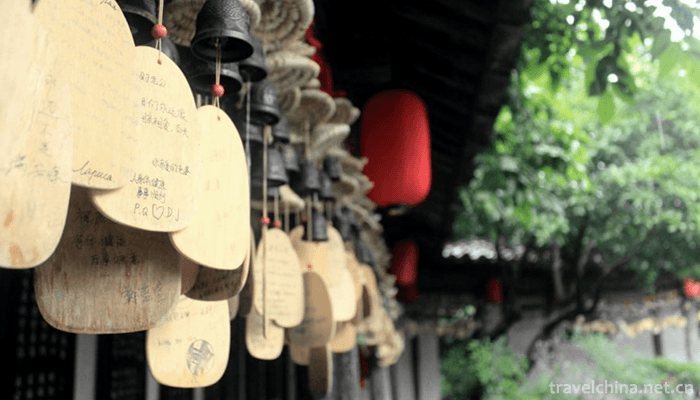
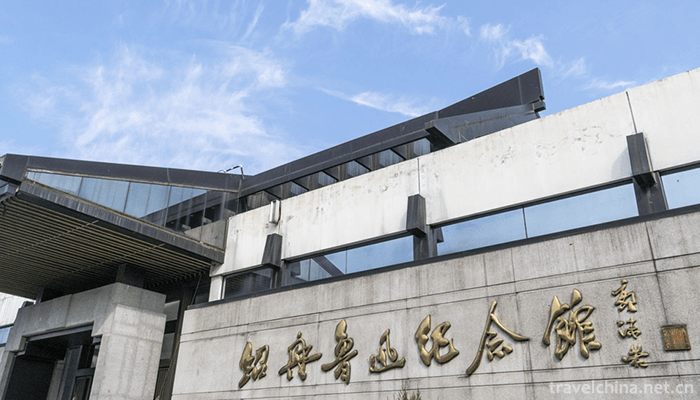


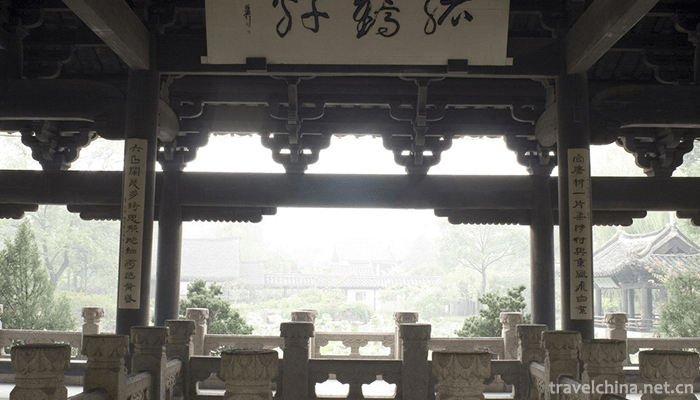
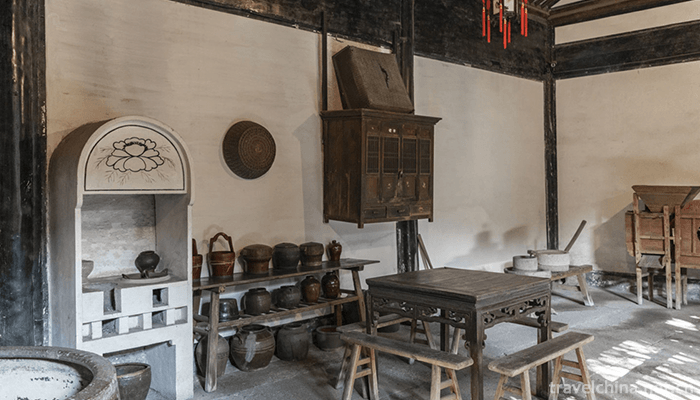
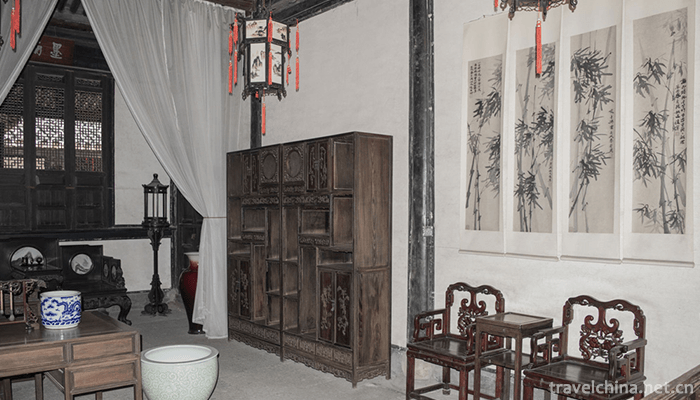
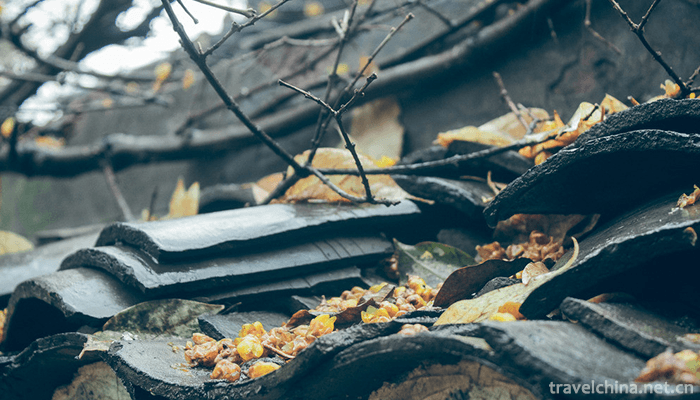


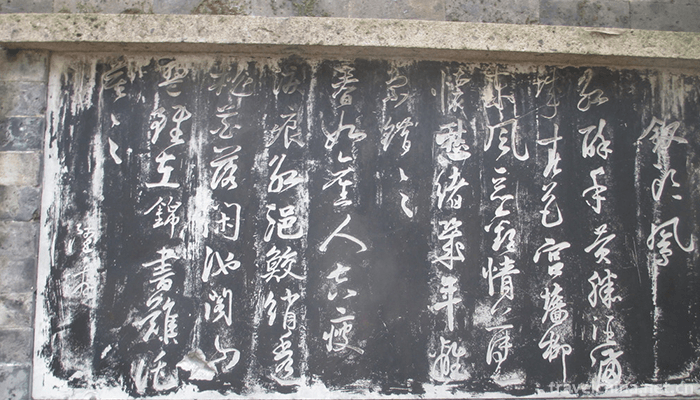
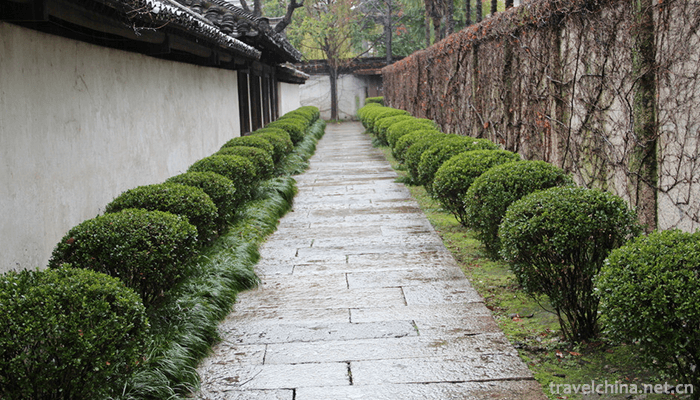
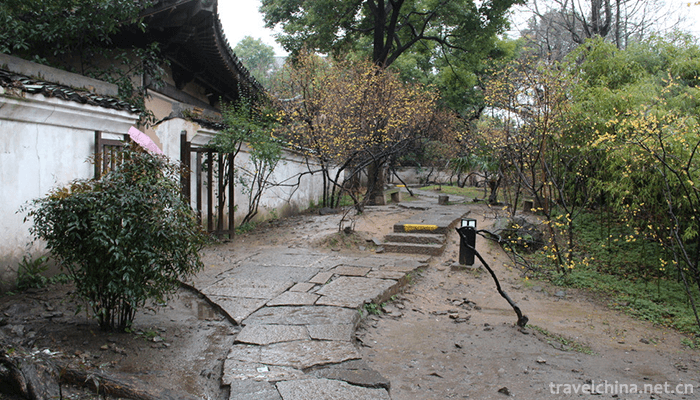
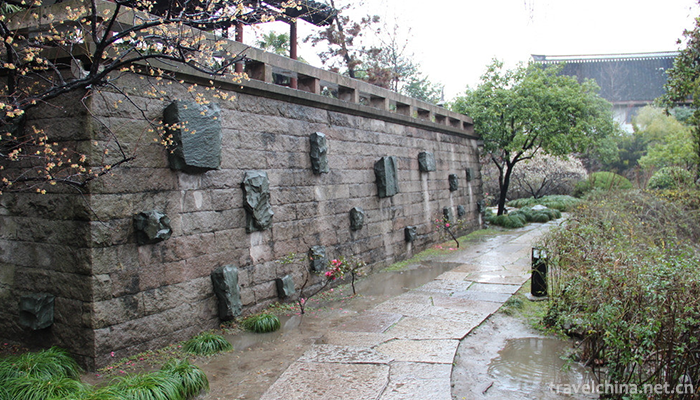
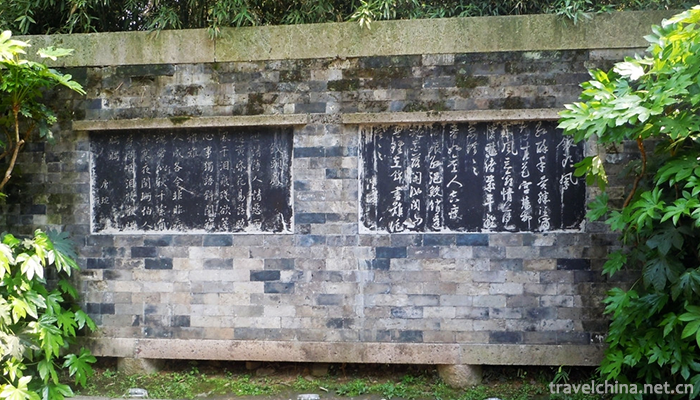

-
1.The Mutianyu Great Wall
The Mutianyu Great Wall in Beijing is located in Huairou District of Beijing, 73 kilometers from the urban area of Beijing. With a long history and splendid culture
Time 2018-11-24 -
2.Dang Kou ancient town
Dangkou Ancient Town is located in the southeast of Xishan District, Wuxi City, Jiangsu Province. It is adjacent to the Yue noble tombs and Taibo Tombs in the west, and to Suzhou and Changshu in the e
Time 2019-01-08 -
3.Ziyunhuashi Lavender Manor
Ziyunhuashi Lavender Manor is located in Jinzhou New District, Dalian City, covering more than 1000 mu, growing in patches of lavender, verbena, sage, roses and other precious vanilla. Dalian's key to
Time 2019-03-22 -
4.Korean Agricultural Music and Dance
"Agricultural Music and Dance" is commonly known as "Agricultural Music", which is spread in the Korean community of Jilin Province, Heilongjiang Province, Liaoning Province
Time 2019-04-16 -
5.Taiwanese Opera
Gezi Opera, a local traditional drama in Zhangzhou and Xiamen, Fujian Province, is one of the national intangible cultural heritage.
Time 2019-05-01 -
6.Jianchuan Opera
Jianchuan Baiqu is an ancient music variety with a long history and wide spread in Bai nationality area. It is mainly popular in Jianchuan, Eryuan and Tongdian, Jinding and Jiuhe of Lanping County, Nu
Time 2019-05-05 -
7.temple fair
Temple fair, also known as "temple market" or "festival venue". It is a Chinese folk religion and the custom of the age. It is usually held on the Lunar New Year, the Lantern Festi
Time 2019-06-05 -
8.Shadow Show
Shadow play, also known as "shadow play" or "lantern shadow play", is a folk drama in which characters are silhouetted from animal hide or cardboard to perform stories. During the
Time 2019-06-09 -
9.Ten times of music
Shifan music is a traditional instrumental music spread by Hakkas in Fuzhou and Western Fujian Province. It has been circulated since the middle of Daoguang in the Qing Dynasty. The origin of Shifan m
Time 2019-06-15 -
10.The Myth of West Queen Mother
Western Queen Mother is also known as "Queen Mother", "Golden Mother", "Old Mother of Yao Chi", "Golden Mother of Yao Chi", "Golden Mother of Xichi",
Time 2019-07-01 -
11.Population and nationality of Suining
At the end of 2019, the total number of household registration in Suining was 1 million 380 thousand, and the household registration population was 3 million 629 thousand, a decrease of 0.7% over the previous year, of which 1 million 4 thousand and 900
Time 2020-12-16 -
12.Administrative division of GuanganTime 2020-12-19